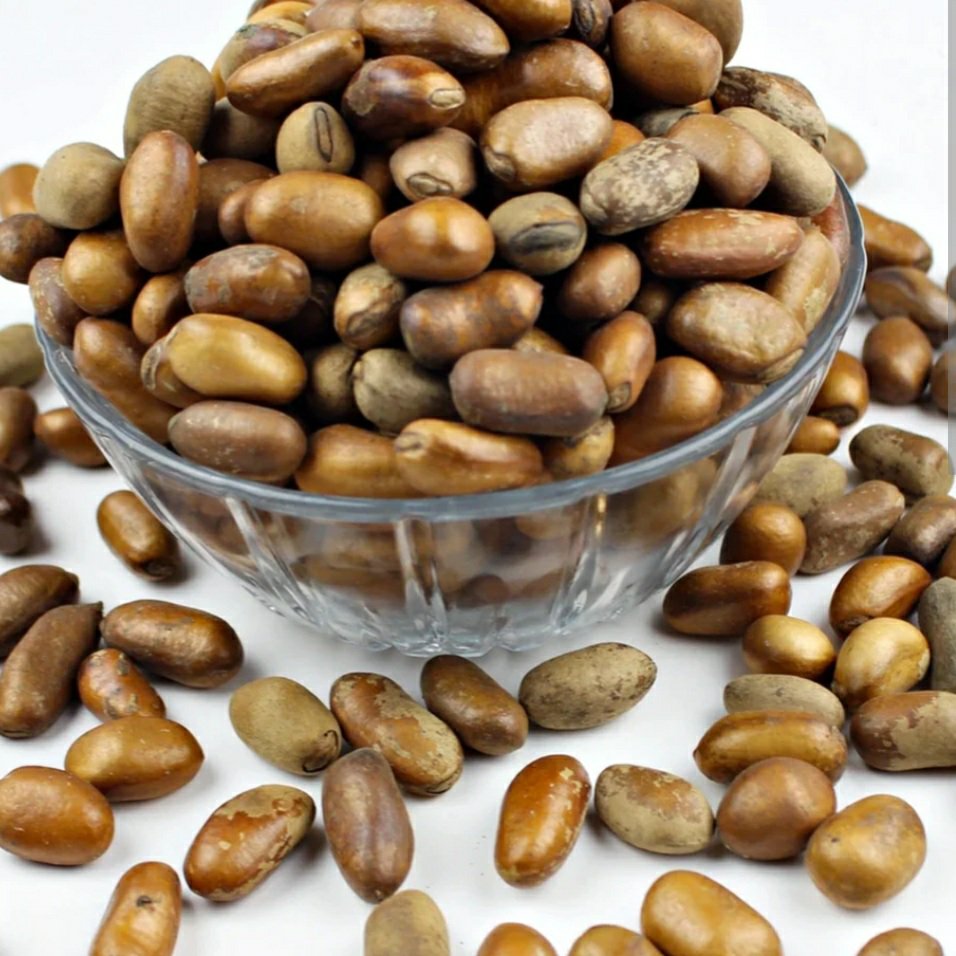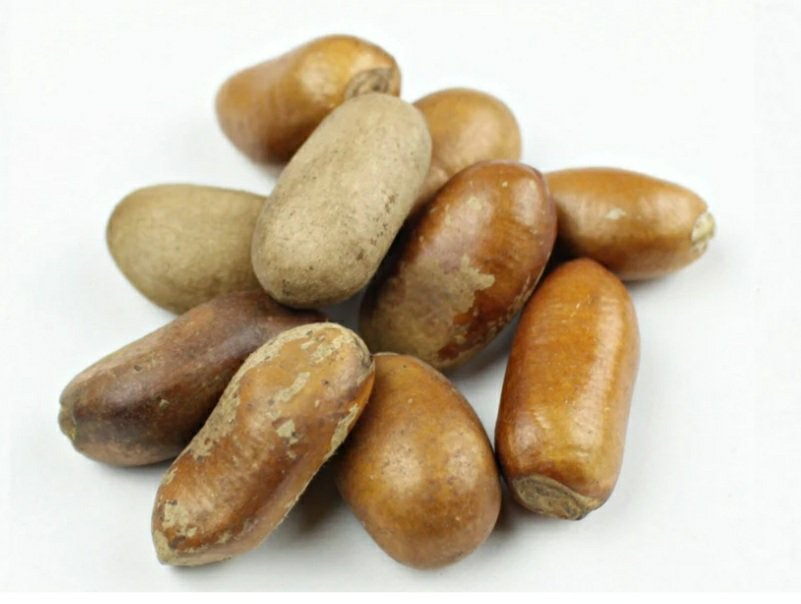
Calabash nutmeg, scientifically known as Monodora myristica, is a lesser-known spice that originates from West Africa. Despite its relative obscurity, this spice boasts an array of nutritional benefits and has been used for centuries in traditional medicine and cuisine.
Nutritional Values:
Calabash nutmeg is a rich source of various nutrients, including:
- Essential Oils: Calabash nutmeg contains essential oils such as myristicin, safrole, and eugenol, which contribute to its unique flavor and aroma.
- Vitamins: It is a good source of vitamin C, which is an important antioxidant, and also provides vitamin A, vitamin B complex, and riboflavin.
- Minerals: The spice contains minerals like calcium, iron, magnesium, and potassium, which are essential for overall health.
- Dietary Fiber: Calabash nutmeg contains dietary fiber, which aids in digestion and helps maintain a healthy gut.
Health Benefits:
- Digestive Aid: The dietary fiber in calabash nutmeg can help regulate digestion, relieve constipation, and reduce the risk of digestive disorders.
- Antioxidant Properties: The presence of vitamin C and other antioxidants in calabash nutmeg can help protect cells from damage caused by free radicals, potentially reducing the risk of chronic diseases.
- Anti-Inflammatory Effects: Some compounds in calabash nutmeg, such as eugenol, have anti-inflammatory properties, making it potentially useful in managing inflammatory conditions.
- Traditional Medicine: In traditional African medicine, calabash nutmeg has been used to treat various ailments, including coughs, colds, and gastrointestinal issues. It is also believed to have aphrodisiac properties.
Culinary Uses:
Calabash nutmeg is a versatile spice in the kitchen:
- Spice Blends: It is used in spice blends and seasonings, adding a unique flavor to dishes.
- Soups and Stews: In West African cuisine, calabash nutmeg is a key ingredient in soups and stews, enhancing their taste and aroma.
- Baking: It can be added to baked goods like cakes and pastries to impart a warm, nutty flavor.
- Beverages: Ground calabash nutmeg can be added to drinks, such as chai tea, for a warm and slightly sweet flavor.
- Pickling: Some people use calabash nutmeg to flavor pickles and preserves.

Precautions:
While calabash nutmeg offers many benefits, it should be used in moderation, as excessive consumption may lead to adverse effects due to compounds like safrole. Pregnant and nursing women should consult with a healthcare professional before adding it to their diets.
Conclusion:
Calabash nutmeg is an intriguing spice with a range of health benefits and culinary applications. Whether you’re exploring new flavors in your kitchen or interested in traditional remedies, this hidden gem from West Africa has much to offer. As with any spice or herb, moderation and consultation with a healthcare professional are essential for safe and enjoyable consumption. Embrace the unique taste and potential health advantages of calabash nutmeg, and let your culinary and wellness journeys take a delightful turn.

Educative and enlightening piece. Well done!
A question as always. What adverse effect(s) does it have for pregnant women?
Thank you for this question
I haven’t come across any showing the adverse effect(s) of calabash nutmeg on pregnant women.
Infact it carries minerals and vitamins that may be helpful to pregnant women. However, moderation is key. Since calabash nutmeg contains safrole which when taken too much can affect the liver and can also cause cancer, it is needed to take it moderately.
I will continue my research regarding this and if I find any important information, I will let you know.
Thank you once again